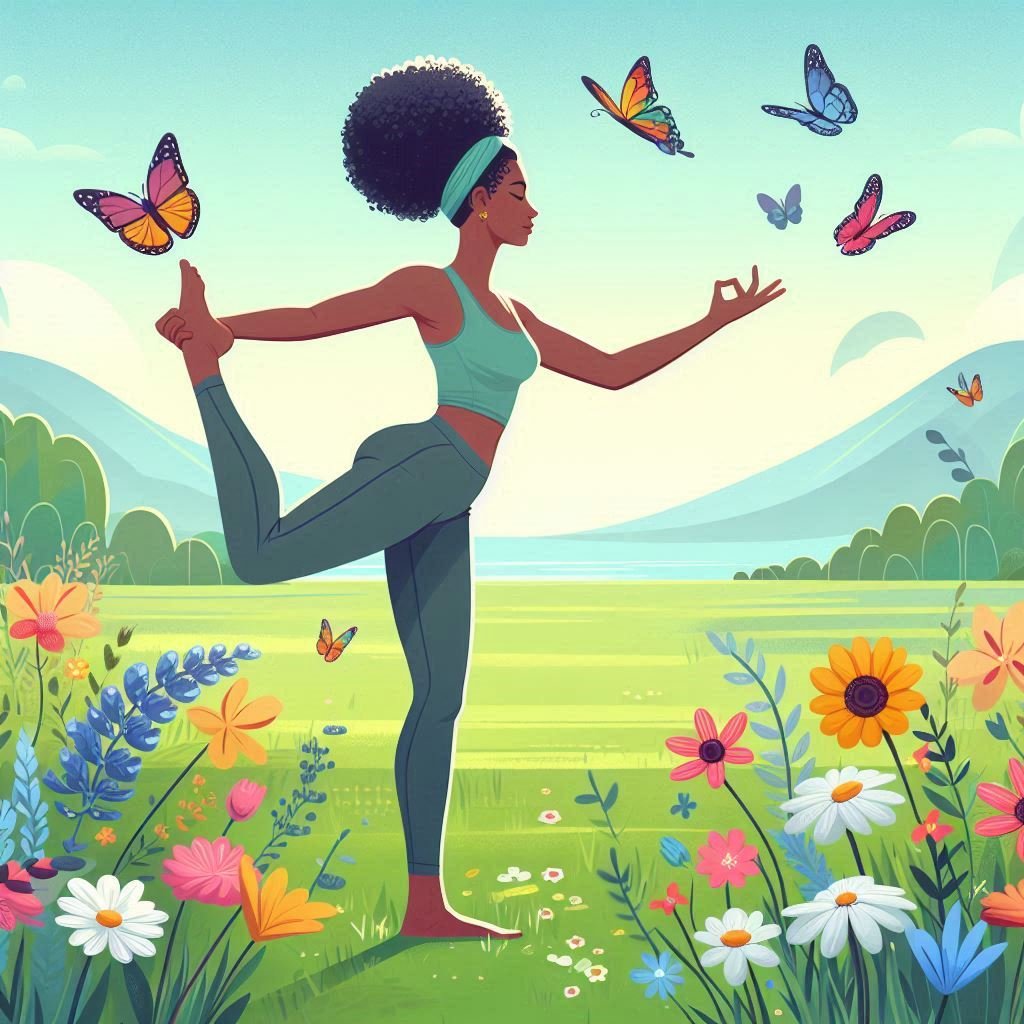In this current era of work, people have become so much occupied with their profession that the relaxation feels like luxury now. People aren’t able to cut off some slack due to Deadlines, responsibilities, and constant digital notifications. But taking the time to unwind is essential for both physical and mental health. Learning to relax can not only help reduce stress, improve sleep, boost creativity, but it also promotes one’s overall sense of well-being. Here, we explore five effective unwinding techniques to help master the art of relaxation.
1. Breathwork: The Power of Deep Breathing
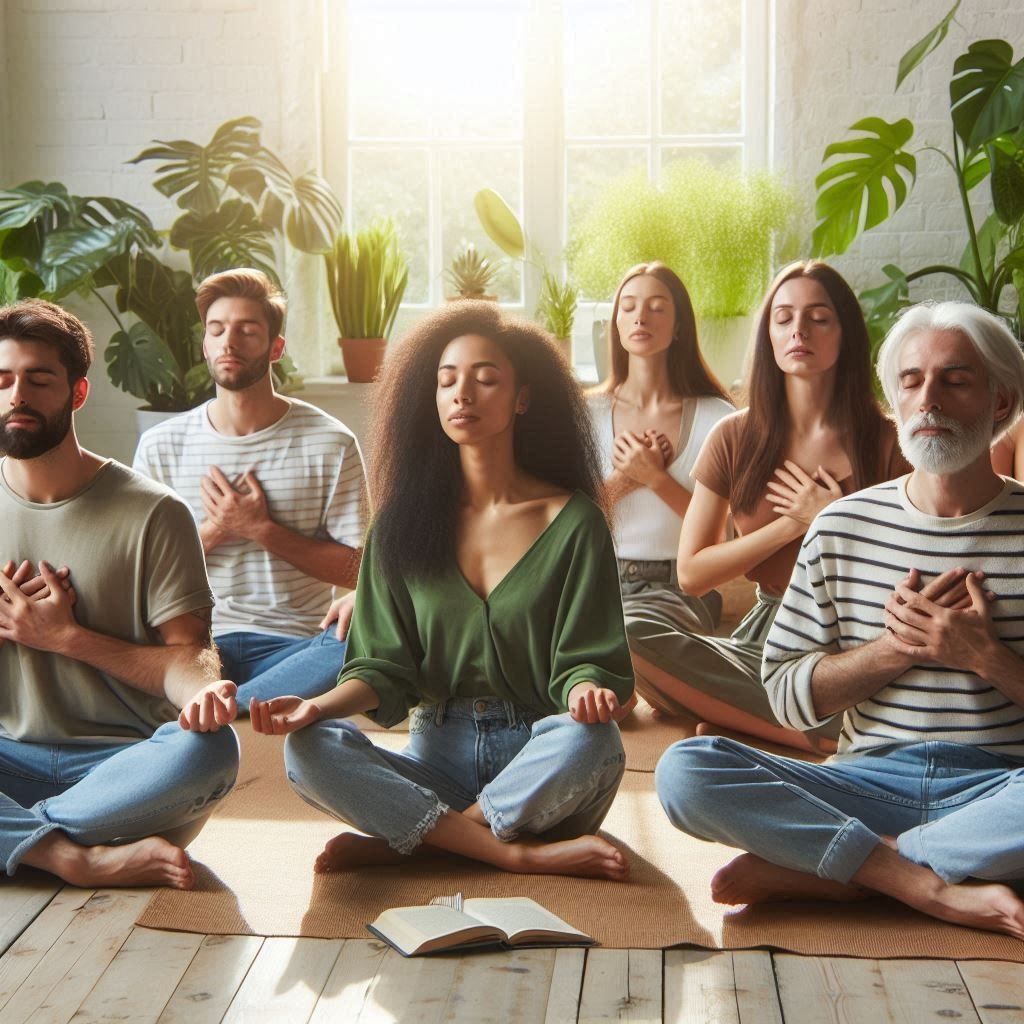
One of the quickest way of relaxing your body instantly is by breathwork. It’s simple yet a very effective technique. Focusing on your breath activates your parasympathetic nervous system, that is the body’s relaxation response which instantly calms you down and reduces your stress level.
Technique: 4-7-8 Breathing
This technique is a powerful way to instantly calm you down. Sit comfortably, close you eyes. Now start feeling the sensation on your nose. Inhale through your nose till the count of 4 quietly, hold it for the count of 7 and let go at the count of 8. Repeat this loop for 4 times.
Benefits: This breathing exercise helps reduce anxiety, lowers blood pressure, and can even help with falling asleep. It works even better when practiced everyday consistently, as it conditions your body to respond calmly to stress.
2. Progressive Muscle Relaxation: Release Physical Tension
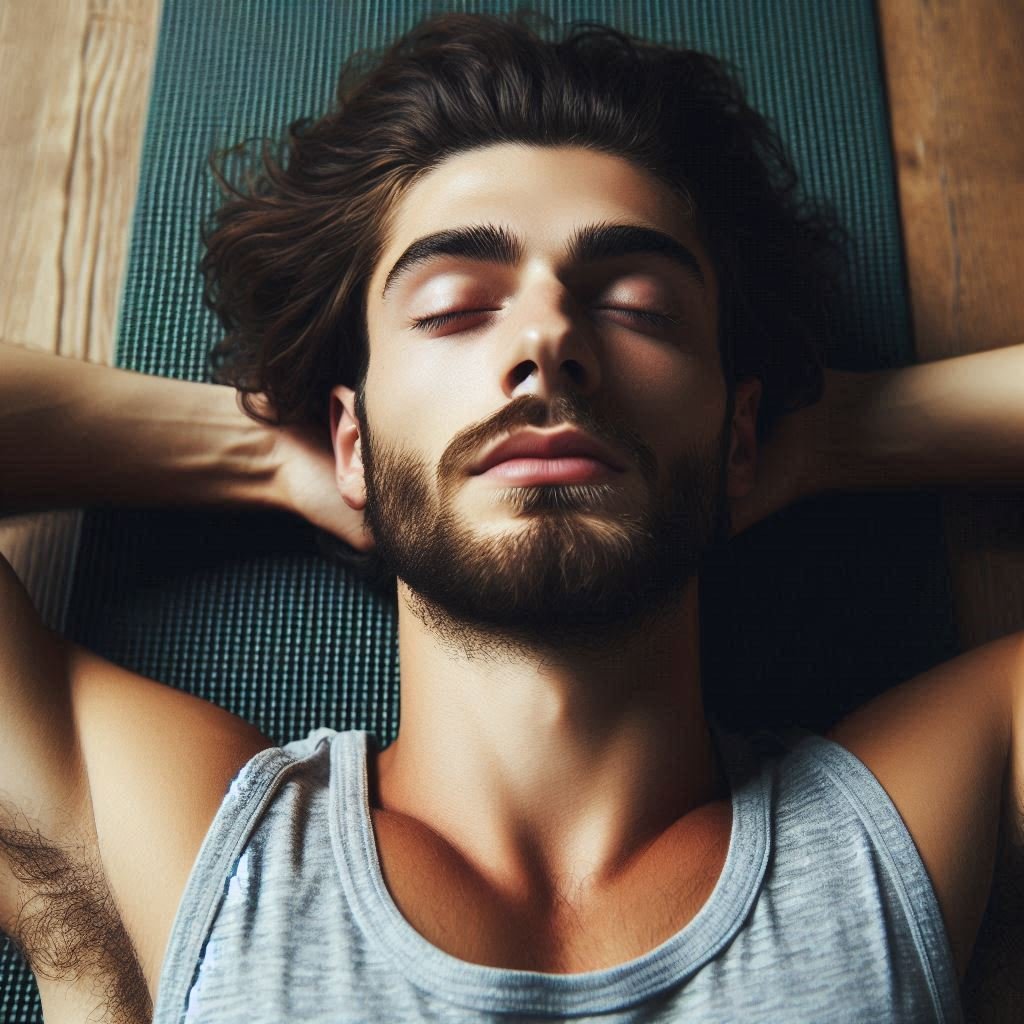
When you feel a lot of stress, you feel tightness around your shoulders, a stiff neck, or clenched jaw. Progressive Muscle Relaxation (PMR) is a method that involves focusing on the tensed muscles and slowly releasing the tension in those muscle groups allowing your body to relax.
Technique
Find a quiet place to sit or lie down. Starting from your toes, tense the muscles about seconds, slowly releasing the tension while feeling the sensation of letting go. Gradually work your way up to your legs, then stomach, then arms, shoulders, and neck and so on.
Benefits: Practicing PMR helps reduce stress, anxiety, and help you with insomnia. By practicing this technique, you also become more aware of physical tension around your muscles specifically helping you relax through out the day.
3. Visualization: The Mind’s Power to Calm

Visualization is a technique that involves your imagination to create a peaceful mental space. By focusing on calming images, you can trick your body into relaxing, even when you’re feeling super tense. Even guided imagery works in this case.
Technique
Sit comfortably in a place, Close your eyes and imagine a place where you feel calm and happy. It could be anywhere, your home, a forest, top of a hill or any favorite spot from your childhood. Say you’re enjoying a view of a beach. Engage all your senses: hear the sound of waves crashing, feel the warmth of the sun on your skin, smell the salt in the air, and see the colors of the sunset. Spend at least five to ten minutes in this visualization, immersing yourself in the experience.
Benefits: Visualization helps you body forget the stress for a while and shifts the mind from stressors and evokes the relaxation response. It’s particularly useful for reducing anxiety and preparing your body before you go to sleep.
4. Mindful Movement: Yoga and Tai Chi
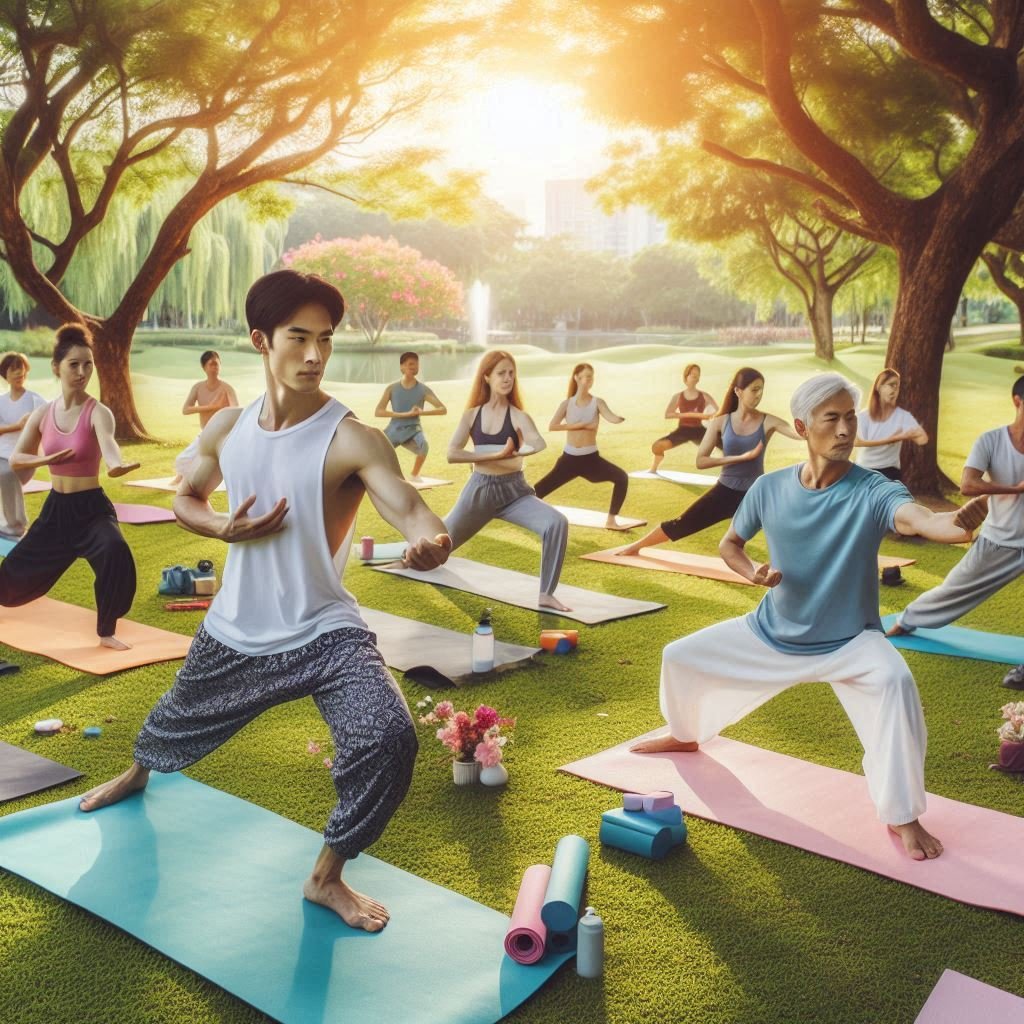
Mindful movement techniques like yoga and Tai Chi combine gentle physical activity with mindful breathing and awareness. These practices allow you to release that physical tension by diverting your mind from stressors and making them focus on the breath and body movements.
Technique
For yoga, choose a sequence of gentle poses that may include Child’s Pose, Cat-Cow, or Legs-Up-The-Wall. Move slowly, connecting each movement with your breath. Tai Chi involves slow, graceful movements that flow into each other, helping you focus on the present position.
Benefits: Not only these movements calm your nervous system, they also stretch and strengthen the body . The combination of breath and movement helps alleviate anxiety, encourage relaxation, promote better sleep and reduce cortisol.
5. Aromatherapy: Engage Your Senses
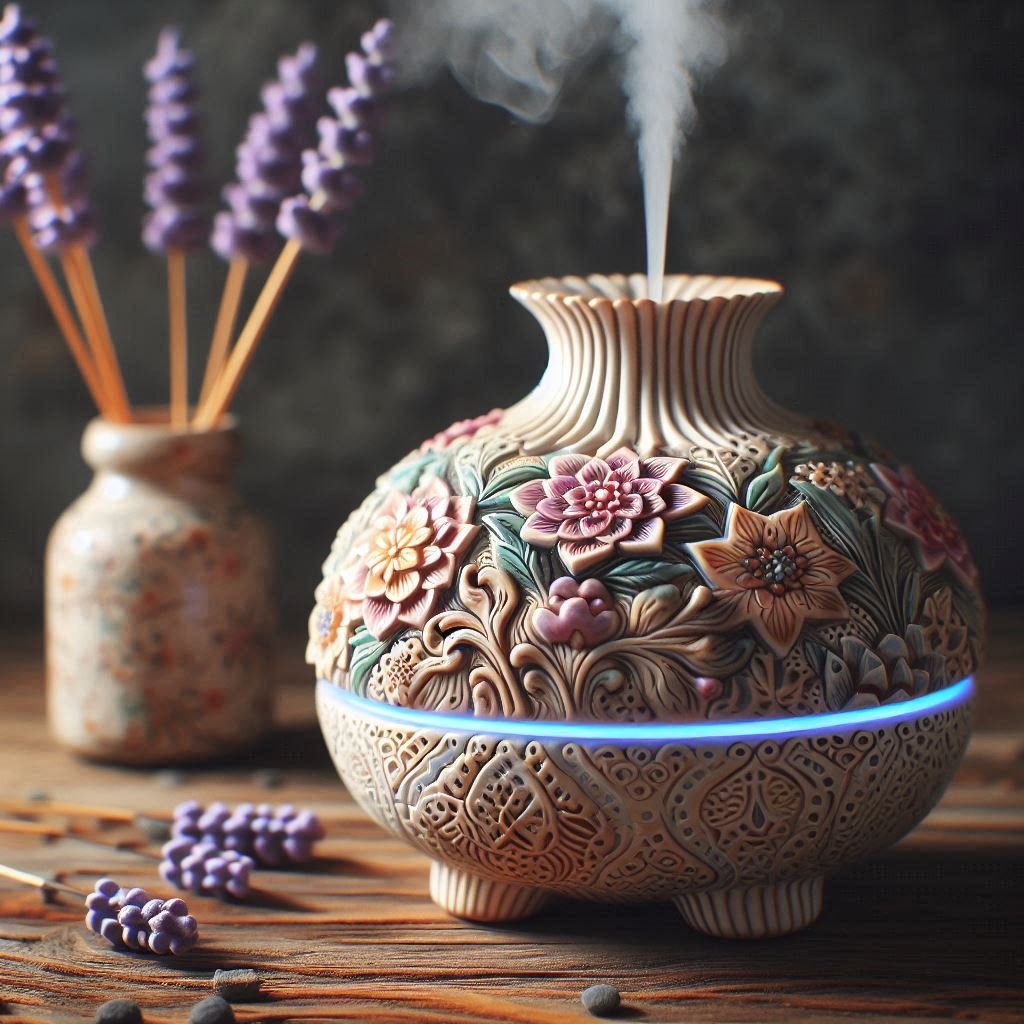
Aromatherapy is a natural relaxation technique that uses essential oils to engage your sense of smell also making sure that you are in a calming environment. Different essential oils have various therapeutic properties. Some are calming, while others are deeply therapeutic that lift mood and promote relaxation.
Technique
Lavender, chamomile, and sandalwood are some of the best essential oils for relaxation. Add a few drops to a diffuser, clean your space and enjoy the therapy.
Benefits: Aromatherapy works through the limbic system, the part of the brain that regulates emotions, helping to reduce anxiety, improve sleep quality, and enhance overall mood. The comforting aroma helps you quickly forget all the stress and relax your body and mind.
Creating a Relaxation Routine
While each of these techniques can be powerful on its own, you may find even greater benefits by incorporating a combination of them into your daily or weekly routine. Here are some tips for getting started:
- Schedule Time for Relaxation: Set aside at least 15-30 minutes each day to practice relaxation techniques. Making it part of your everyday life.
- Listen to Your Body: Different techniques work better for different people. Experiment with these methods and find what works best for you.
- Be Consistent: Relaxation is a skill that improves with practice. The more consistently you engage in these techniques, the better your overall wellbeing will be..
- Prepare Your Environment: Create a relaxing atmosphere. You can do that by dimming the lights, playing soothing music, and eliminating distractions.
The Benefits of Relaxation
Relaxation helps you maintain your overall wellbeing. When you practice relaxation, you reduce stress hormones like cortisol, lower your blood pressure, and increase your ability to focus. It’s also a powerful way to connect with yourself improve your sleep, reduce stress levels and function more efficiently without feeling burnt.
By mastering the art of relaxation, you’re not only benefiting your body but also giving your mind the space to heal and thrive. It is essential to practice one or more unwinding technique to feel calm and balanced for rest of your life.
Click to learn ways to Boost Your Mood.







